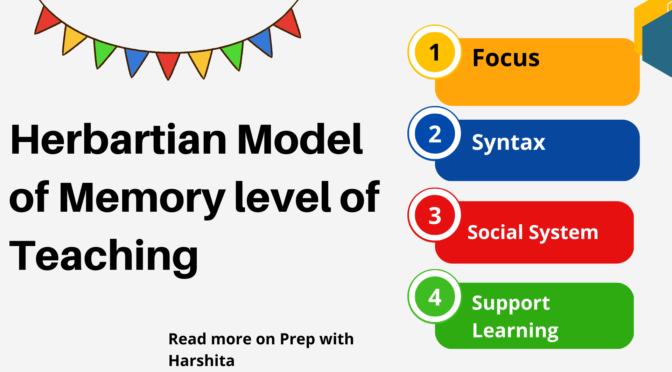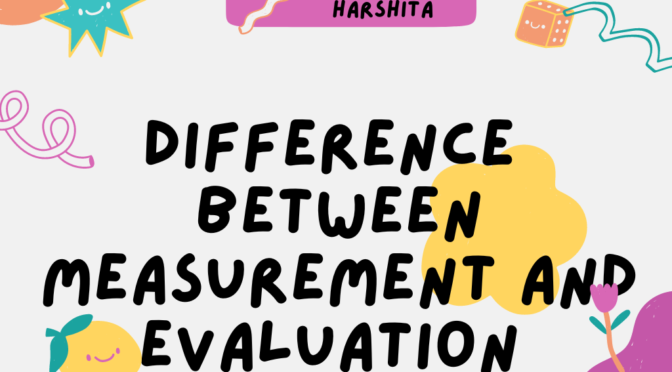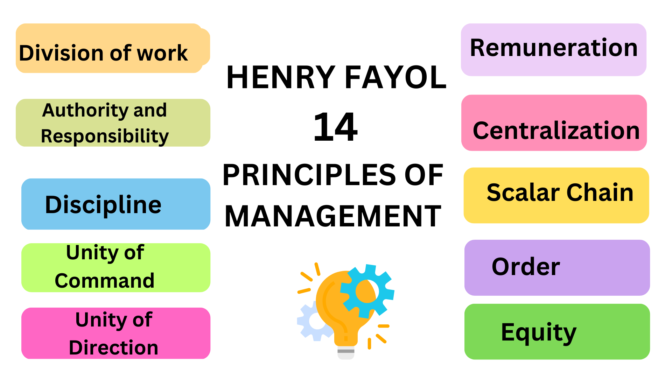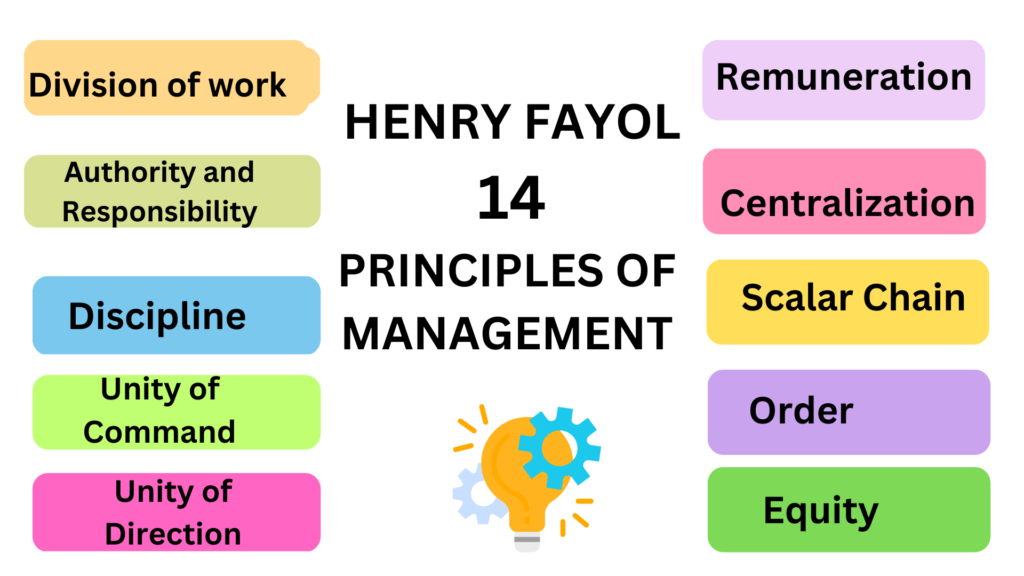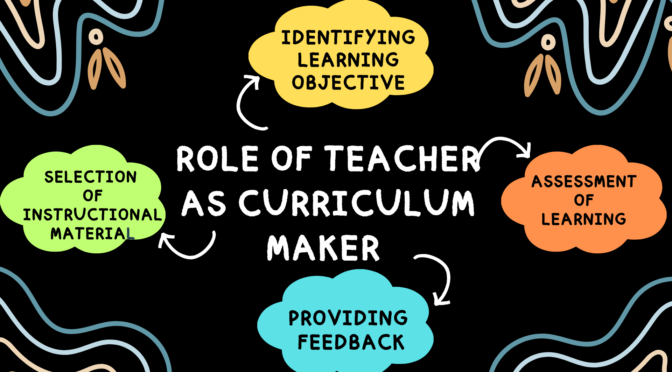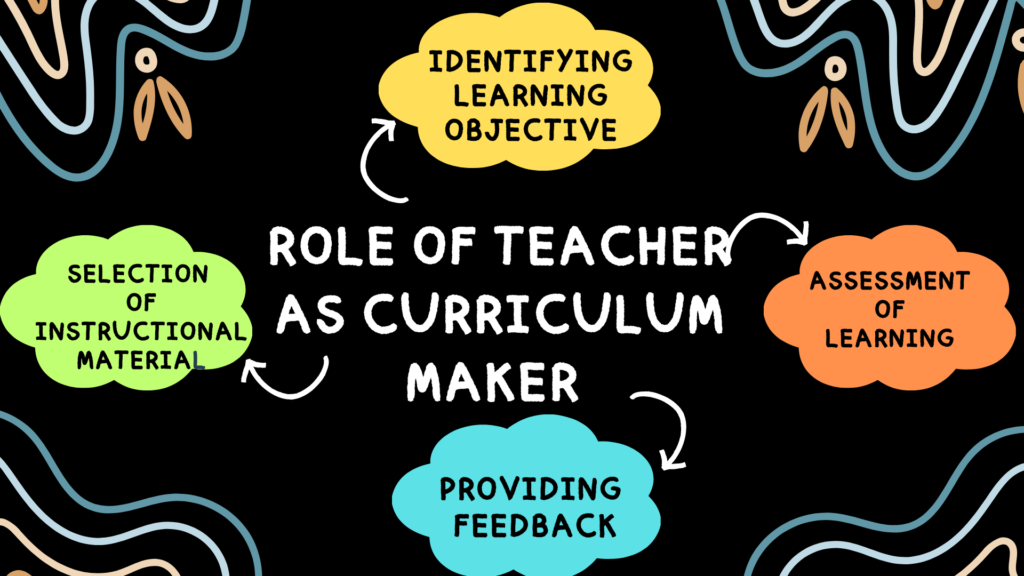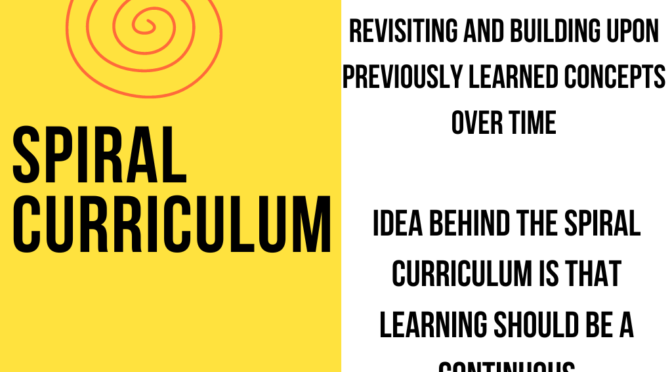The Herbartian model of memory level of teaching does not explicitly address the concepts of Focus, Syntax, and Social System Support System. However, it does emphasize the importance of a supportive learning environment and the role of the teacher in facilitating learning.
Focus
The Herbartian model emphasizes on the development of the mental abilities of the learner. The importance of organizing and presenting new information in a clear and organized manner, using examples and illustrations to aid understanding. It also include cramming of facts along with training of mental aspects. This helps to ensure that students can retain the facts and concepts.
Syntax
In Herbart’s model, the process of teaching involves five steps: preparation, presentation, association, generalization, and application. These steps are designed to help students develop their powers of observation, memory, and reasoning.
The first step, preparation, involves getting students ready for learning by introducing the topic and establishing its relevance to their interests and prior knowledge. The second step, presentation, involves presenting the new information in a clear and organized manner, using examples and illustrations to aid understanding.
The third step, association, involves linking the new information to what the students already know, making connections between ideas and concepts. The fourth step, generalization, involves drawing out general principles and concepts from the specific information presented.
The final step, application, involves applying the new knowledge to real-life situations, and reflecting on the learning process.
Social system
The Herbartian model emphasizes the role of the teacher in classroom. Here the role of teacher is secondary and role of student is primary.
Support Learning
In support learning, all instructional aids adapted during teaching comes in support system.
Also Read : Intervention Model of Curriculum
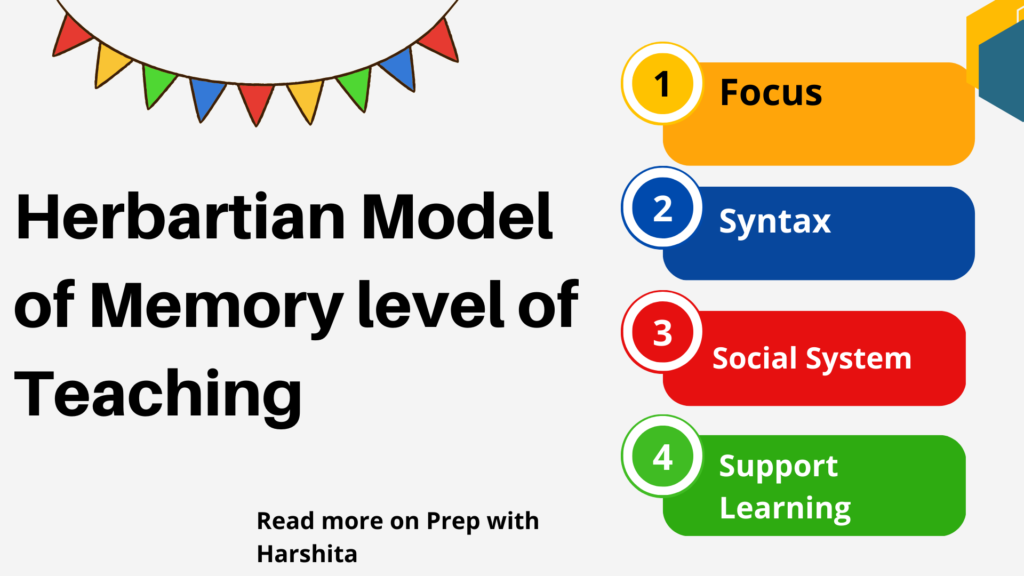
Also Read : Prep with Harshita

